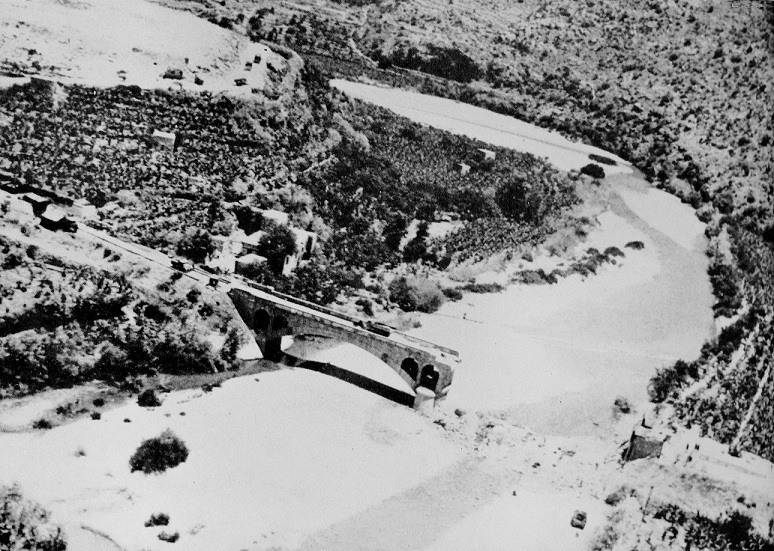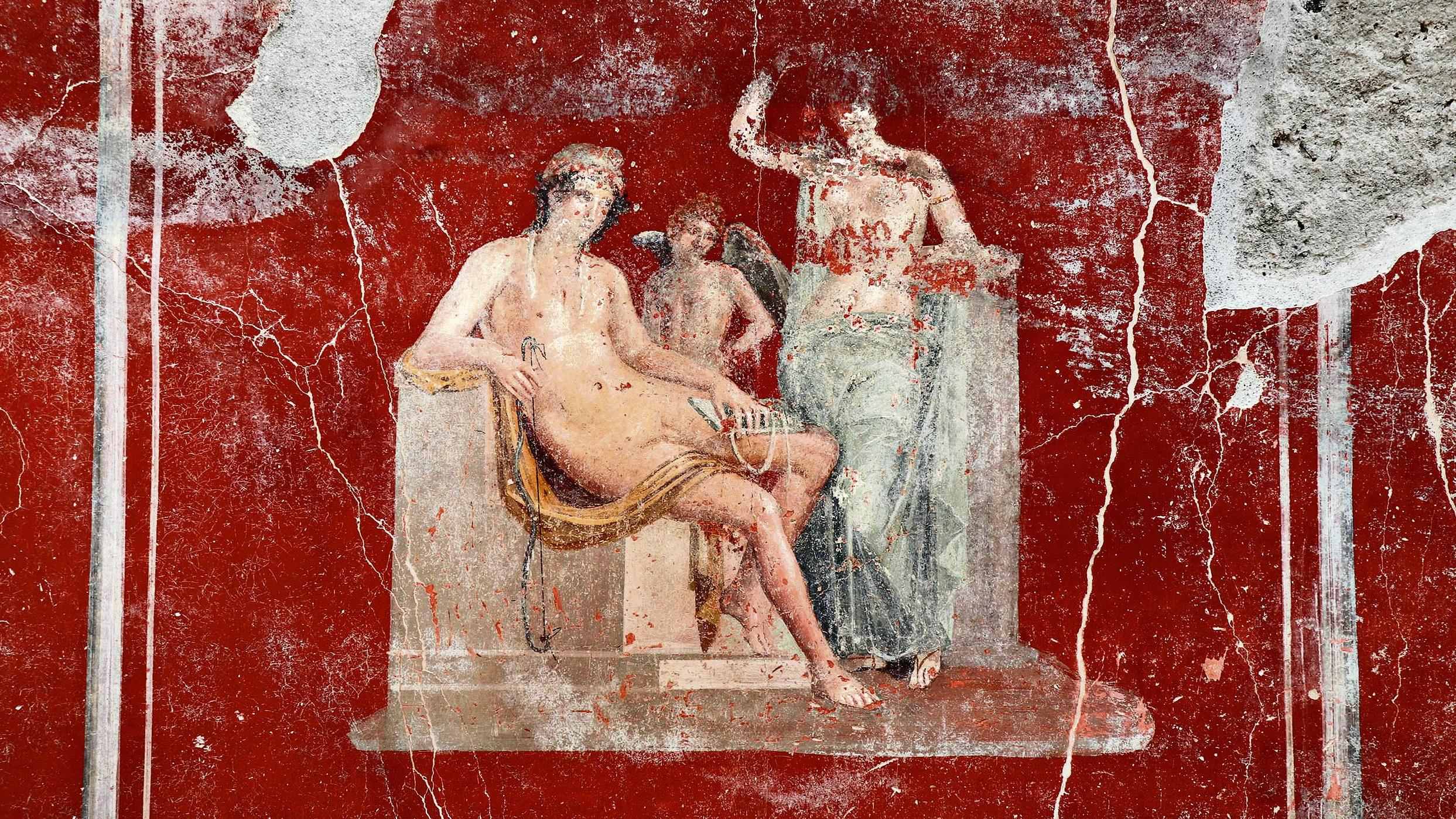|
Damour River
Damour river or (, Nahr Al Damour) is a coastal river in the Mount Lebanon Governorate in Lebanon. The river's headwaters originate in and around the slopes of the 1943-meter peak Jabal el-Barouk, site of a nature preserve where some of Lebanon's largest and oldest Cedars of Lebanon are found, and flows west through the Jisr Al-Kadi valley, where it receives water from the creeks of the Chouf mountains. The river flows towards the Mediterranean Sea, south of Damour, which is both the largest town on its banks and the one which bears the river's name. Mythology During the Phoenician time, Canaanite people being affected by drought seasons, called the river "Damoros" ancient Tamyrus,''Travels in Palestine and Syria'', Volume 1, page 286 By George Robinson in the attribution of 'Damoros' god of immortality, related to ' Achtarout', god of love and beauty. This attribution symbolized the immortality of the river '' and the beauty of the region. In 1302, the river being a strategic ... [...More Info...] [...Related Items...] OR: [Wikipedia] [Google] [Baidu] |
Nabaa Al Safa
Nabaa Al Safa ( ar, نبع الصفا), is a village in Chouf District in the Mount Lebanon Governorate of Lebanon Lebanon ( , ar, لُبْنَان, translit=lubnān, ), officially the Republic of Lebanon () or the Lebanese Republic, is a country in Western Asia. It is located between Syria to the north and east and Israel to the south, while Cyprus li .... Populated places in Aley District {{lebanon-geo-stub ... [...More Info...] [...Related Items...] OR: [Wikipedia] [Google] [Baidu] |
Phoenicia
Phoenicia () was an ancient thalassocratic civilization originating in the Levant region of the eastern Mediterranean, primarily located in modern Lebanon. The territory of the Phoenician city-states extended and shrank throughout their history, and they possessed several enclaves such as Arwad and Tell Sukas (modern Syria). The core region in which the Phoenician culture developed and thrived stretched from Tripoli and Byblos in northern Lebanon to Mount Carmel in modern Israel. At their height, the Phoenician possessions in the Eastern Mediterranean stretched from the Orontes River mouth to Ashkelon. Beyond its homeland, the Phoenician civilization extended to the Mediterranean from Cyprus to the Iberian Peninsula. The Phoenicians were a Semitic-speaking people of somewhat unknown origin who emerged in the Levant around 3000 BC. The term ''Phoenicia'' is an ancient Greek exonym that most likely described one of their most famous exports, a dye also known as Tyrian purpl ... [...More Info...] [...Related Items...] OR: [Wikipedia] [Google] [Baidu] |
Rivers Of Lebanon
This is a list of all waterways named as rivers in Lebanon. Lebanon has 22 rivers all of which are non navigable; 28 rivers originate on the western face of the Lebanon range and run through the steep gorges and into the Mediterranean Sea, the other 6 arise in the Beqaa Valley The Beqaa Valley ( ar, links=no, وادي البقاع, ', Lebanese ), also transliterated as Bekaa, Biqâ, and Becaa and known in classical antiquity as Coele-Syria, is a fertile valley in eastern Lebanon. It is Lebanon's most important .... Sources: References {{Asia topic, List of rivers of * ... [...More Info...] [...Related Items...] OR: [Wikipedia] [Google] [Baidu] |
Mount Lebanon Emirate
The Emirate of Mount Lebanon () was a part of Mount Lebanon that enjoyed variable degrees of partial autonomy under the stable suzerainty of the Ottoman Empire between the mid-16th and the early-19th century. The town of Baakleen was the seat of local power during the Ma'an period until Fakhr-al-Din II chose to live in Deir el Qamar due to a water shortage in Baakleen. Deir el Qamar remained the seat until Bashir Shihab II ascended to the throne and moved its court to the Beiteddine palace. Beiteddine remains the capital of the Chouf District today. Fakhr-al-Din II, the most prominent Druze tribal leader at the end of the 16th century, was given leeway by the Ottomans to subdue other provincial leaderships in Ottoman Syria on their behalf, and was himself subdued in the end, to make way for a firmer control by the Ottoman central administration over the Syrian eyalets. In Lebanese nationalist narratives, he is celebrated as establishing a sort of Druzes–Maronite condominium t ... [...More Info...] [...Related Items...] OR: [Wikipedia] [Google] [Baidu] |
Right Of Way
Right of way is the legal right, established by grant from a landowner or long usage (i.e. by prescription), to pass along a specific route through property belonging to another. A similar ''right of access'' also exists on land held by a government, lands that are typically called public land, state land, or Crown land. When one person owns a piece of land that is bordered on all sides by lands owned by others, an easement may exist or might be created so as to initiate a right of way through the bordering land. This article focuses on access by foot, by bicycle, horseback, or along a waterway, while Right-of-way (transportation) focuses on land usage rights for highways, railways, and pipelines. A footpath is a right of way that legally may only be used by pedestrians. A bridleway is a right of way that legally may be used only by pedestrians, cyclists and equestrians, but not by motorised vehicles. In some countries, especially in Northern Europe, where the freedom to ro ... [...More Info...] [...Related Items...] OR: [Wikipedia] [Google] [Baidu] |
Crusades
The Crusades were a series of religious wars initiated, supported, and sometimes directed by the Latin Church in the medieval period. The best known of these Crusades are those to the Holy Land in the period between 1095 and 1291 that were intended to recover Holy Land, Jerusalem and its surrounding area from Muslim conquests, Islamic rule. Beginning with the First Crusade, which resulted in the recovery of Jerusalem in 1099, dozens of Crusades were fought, providing a focal point of European history for centuries. In 1095, Pope Pope Urban II, Urban II proclaimed the First Crusade at the Council of Clermont. He encouraged military support for List of Byzantine emperors, Byzantine emperor Alexios I Komnenos, AlexiosI against the Seljuk Empire, Seljuk Turks and called for an armed pilgrimage to Jerusalem. Across all social strata in western Europe, there was an enthusiastic response. The first Crusaders had a variety of motivations, including religious salvation, satisfying feud ... [...More Info...] [...Related Items...] OR: [Wikipedia] [Google] [Baidu] |
Holy Land
The Holy Land; Arabic: or is an area roughly located between the Mediterranean Sea and the Eastern Bank of the Jordan River, traditionally synonymous both with the biblical Land of Israel and with the region of Palestine. The term "Holy Land" usually refers to a territory roughly corresponding to the modern State of Israel and the modern State of Palestine. Jews, Christians, and Muslims regard it as holy. Part of the significance of the land stems from the religious significance of Jerusalem (the holiest city to Judaism, and the location of the First and Second Temples), as the historical region of Jesus' ministry, and as the site of the first Qibla of Islam, as well as the site of the Isra and Mi'raj event of 621 CE in Islam. The holiness of the land as a destination of Christian pilgrimage contributed to launching the Crusades, as European Christians sought to win back the Holy Land from Muslims, who had conquered it from the Christian Eastern Roman Empire in 6 ... [...More Info...] [...Related Items...] OR: [Wikipedia] [Google] [Baidu] |
Adonis
In Greek mythology, Adonis, ; derived from the Canaanite word ''ʼadōn'', meaning "lord". R. S. P. Beekes, ''Etymological Dictionary of Greek'', Brill, 2009, p. 23. was the mortal lover of the goddess Aphrodite. One day, Adonis was gored by a wild boar during a hunting trip and died in Aphrodite's arms as she wept. His blood mingled with her tears and became the anemone flower. Aphrodite declared the Adonia festival commemorating his tragic death, which was celebrated by women every year in midsummer. During this festival, Greek women would plant "gardens of Adonis", small pots containing fast-growing plants, which they would set on top of their houses in the hot sun. The plants would sprout, but soon wither and die. Then the women would mourn the death of Adonis, tearing their clothes and beating their breasts in a public display of grief. The Greeks considered Adonis's cult to be of Near Eastern origin. Adonis's name comes from a Canaanite word meaning "lord" and most mod ... [...More Info...] [...Related Items...] OR: [Wikipedia] [Google] [Baidu] |
Canaan
Canaan (; Phoenician: 𐤊𐤍𐤏𐤍 – ; he, כְּנַעַן – , in pausa – ; grc-bib, Χανααν – ;The current scholarly edition of the Greek Old Testament spells the word without any accents, cf. Septuaginta : id est Vetus Testamentum graece iuxta LXX interpretes. 2. ed. / recogn. et emendavit Robert Hanhart. Stuttgart : Dt. Bibelges., 2006 . However, in modern Greek the accentuation is , while the current (28th) scholarly edition of the New Testament has . ar, كَنْعَانُ – ) was a Semitic-speaking civilization and region in the Ancient Near East during the late 2nd millennium BC. Canaan had significant geopolitical importance in the Late Bronze Age Amarna Period (14th century BC) as the area where the spheres of interest of the Egyptian, Hittite, Mitanni and Assyrian Empires converged or overlapped. Much of present-day knowledge about Canaan stems from archaeological excavation in this area at sites such as Tel Hazor, Tel Megiddo, En Esur ... [...More Info...] [...Related Items...] OR: [Wikipedia] [Google] [Baidu] |
Damour
Damour ( ar, الدامور) is a Lebanese Christian town that is south of Beirut. The name of the town is derived from the name of the Phoenician god Damoros who symbolized immortality ( in Arabic). Damour also remained the capital of Mount Lebanon for three centuries. Geography The city is located in one of the few flat areas of the Lebanese coast. It is built to the north of the river, the ancient Tamyrus, which bears its name on a dune overlooking the Mediterranean. It is surrounded by plantations of bananas and vegetable crops. It has an area of . The Beirut- Tyre Highway separates the plantations. Now dismantled, the track is a stopover. Climate Damour has a mild mediterranean climate (Köppen climate classification: ''Csa''). Churches There exist six churches in Damour, of which Notre-Dame de Damour and St Élias are the biggest. There are also three other chapels, including Sainte Thècle, St Michel, which was the first church in Damour, St Maroun, which is ... [...More Info...] [...Related Items...] OR: [Wikipedia] [Google] [Baidu] |
Mediterranean Sea
The Mediterranean Sea is a sea connected to the Atlantic Ocean, surrounded by the Mediterranean Basin and almost completely enclosed by land: on the north by Western and Southern Europe and Anatolia, on the south by North Africa, and on the east by the Levant. The Sea has played a central role in the history of Western civilization. Geological evidence indicates that around 5.9 million years ago, the Mediterranean was cut off from the Atlantic and was partly or completely desiccated over a period of some 600,000 years during the Messinian salinity crisis before being refilled by the Zanclean flood about 5.3 million years ago. The Mediterranean Sea covers an area of about , representing 0.7% of the global ocean surface, but its connection to the Atlantic via the Strait of Gibraltar—the narrow strait that connects the Atlantic Ocean to the Mediterranean Sea and separates the Iberian Peninsula in Europe from Morocco in Africa—is only wide. The Mediterranean Sea e ... [...More Info...] [...Related Items...] OR: [Wikipedia] [Google] [Baidu] |







